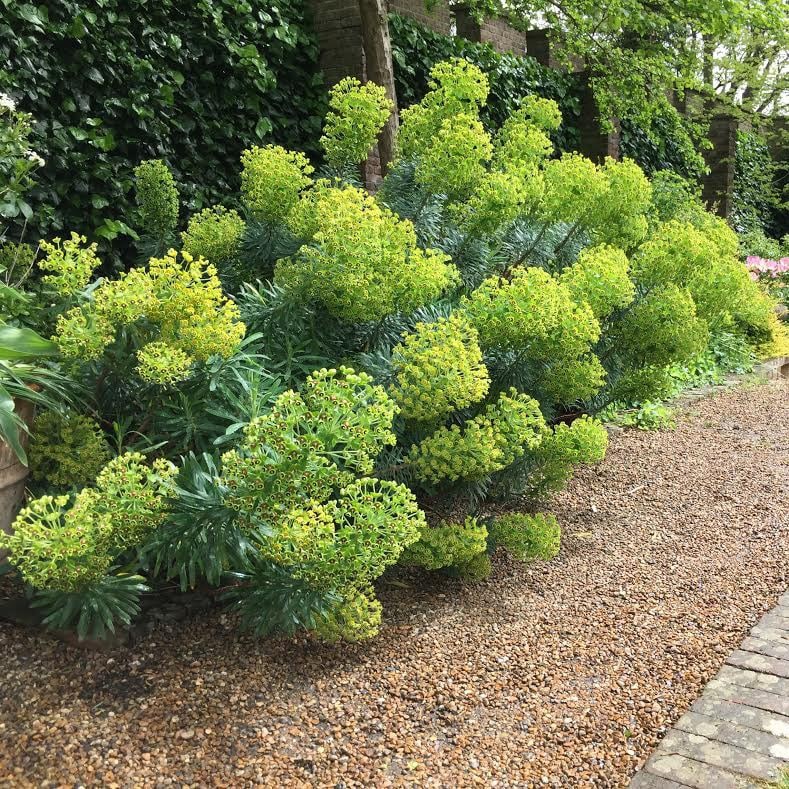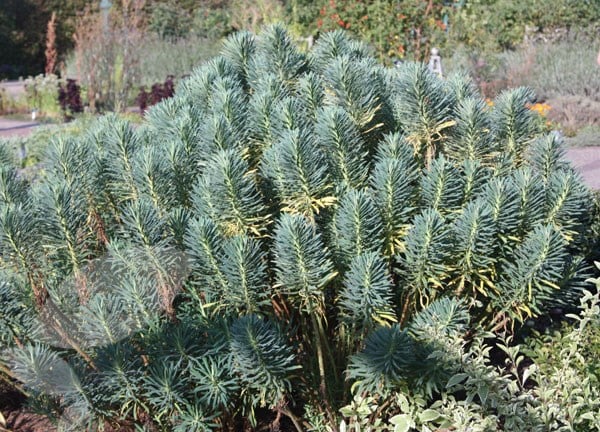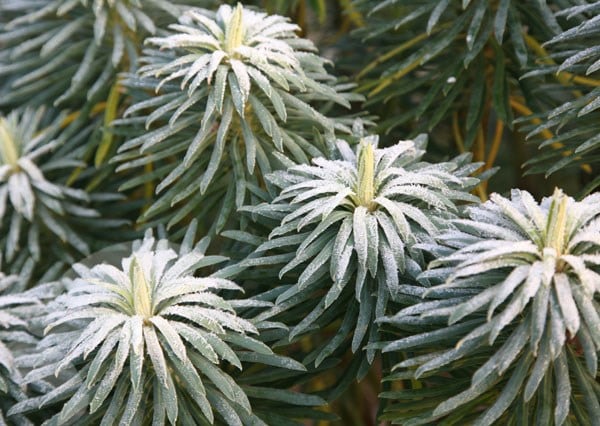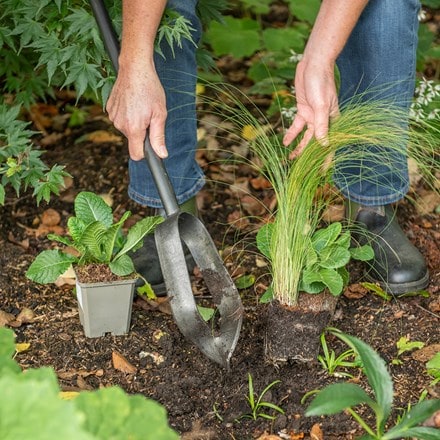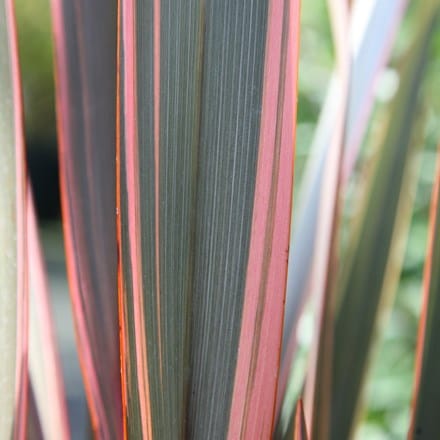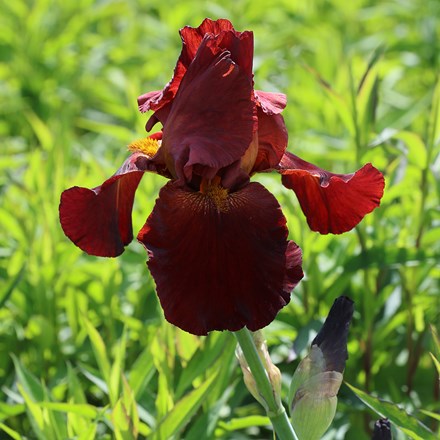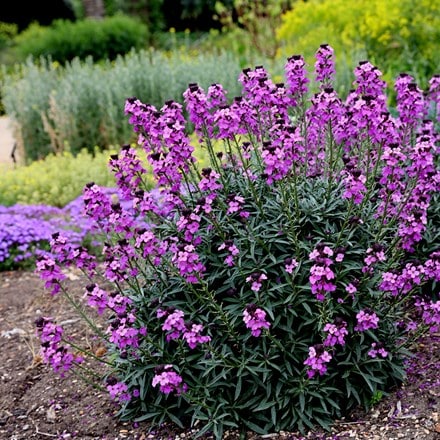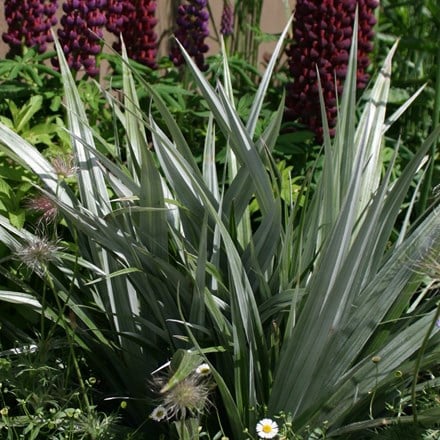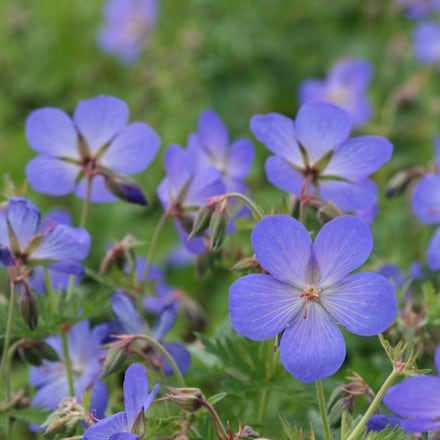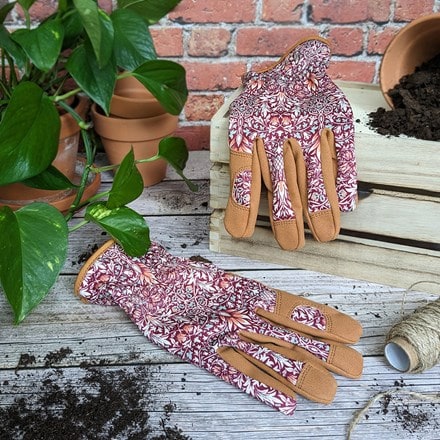Euphorbia characias subsp. wulfenii
spurge
This handsome euphorbia has upright stems clothed with whorls of fleshy, glaucous leaves and topped with huge heads of chartreuse-green flowers...
Adds excellent 'bones' to the herbaceous border, Mediterranean or gravelled area and is equally at home in a contemporary or traditional garden
GOES WELL WITH
Mediterranean
Mediterranean gardens can take on various guises from the rustic and rambling to the formal elegance of an Italian courtyard. However, they all have key features in common, including the use of exotic, sometimes tender, drought-tolerant plants in pots and
Read full articleEuphorbias

Hardy euphorbias, commonly known as spurges, make ideal plants for any gardener who rates themself as ‘keen but clueless’, yet a little bit adventurous. First and foremost they are excellent garden plants that can be used in the border and in containers,
Read full article


